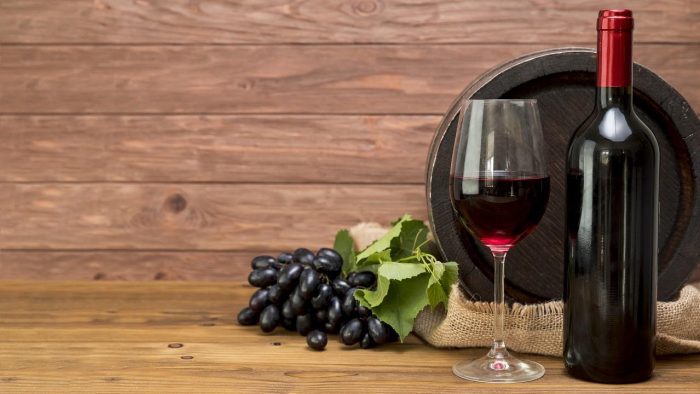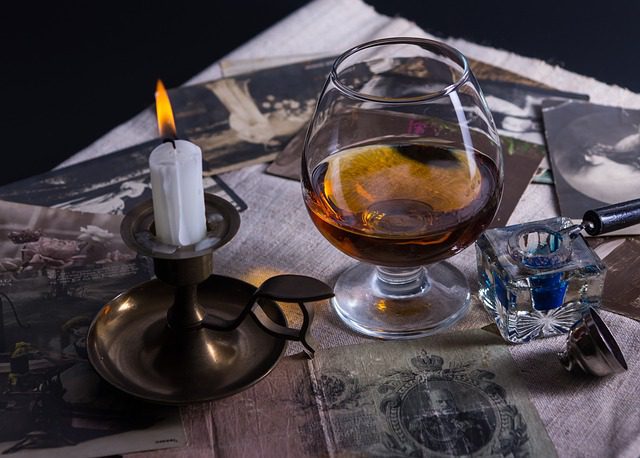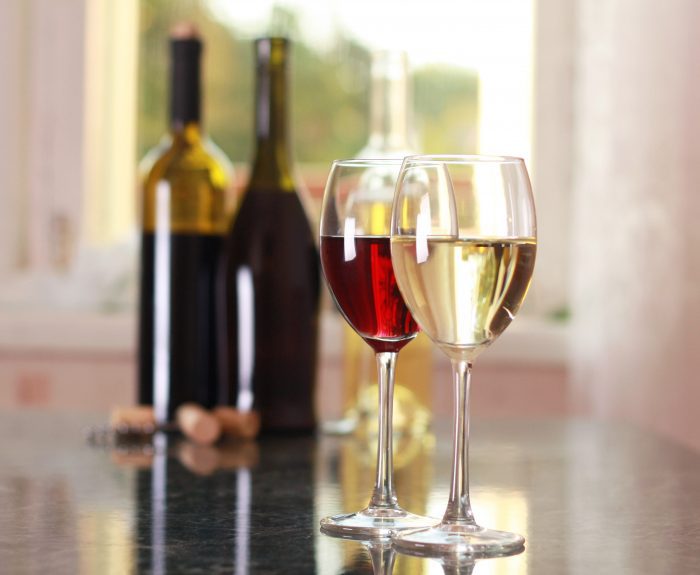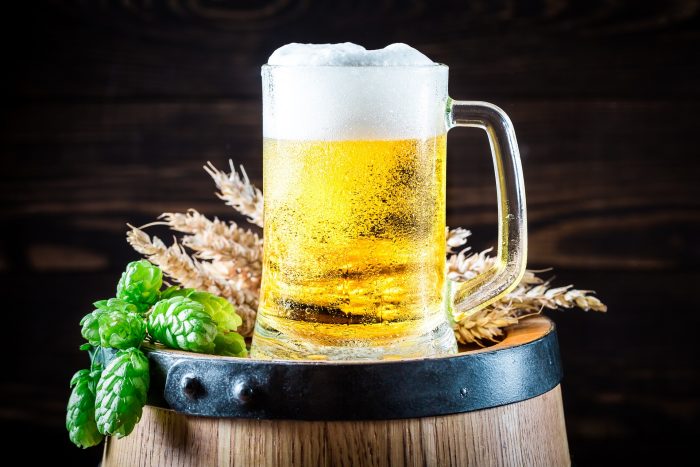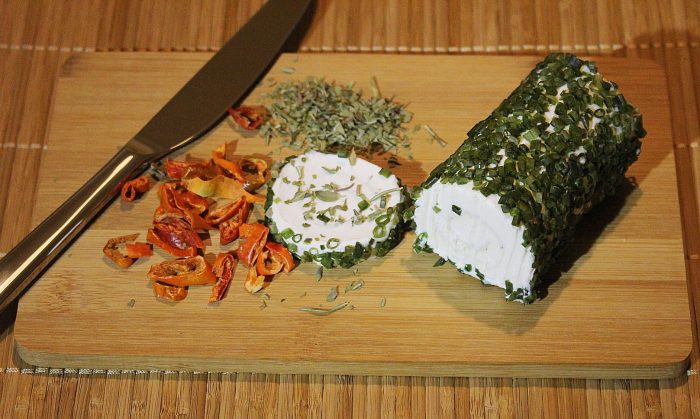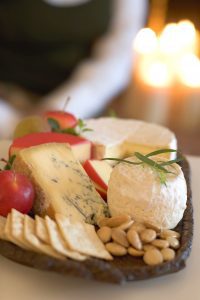By Bob Lipinski

Lodi, the largest and most important Central Valley AVA (American Viticultural Area) designated in 1986, is home to over 20 percent of California’s total wine grape production, with over 100,000 acres of vineyards.
Located in the northern part of the San Joaquin Valley, just south of Sacramento, on the eastern edge of the Sacramento River Delta, Lodi is slightly cooler than much of the Central Valley because as temperatures rise, marine breezes are pulled from San Francisco Bay, creating a distinctly cooler climate than the rest of the valley. Lodi’s sub-AVAs are Alta Mesa, Borden Ranch, Clements Hills, Cosumnes River, Jahant, Mokelumne River, and Sloughhouse.
The city was originally called Mokelumne (Mokul is a corruption of the Miwok word for river, and umne means “people of”), and was established as a town in 1869 after a group of major landowners persuaded the Central Pacific Railroad to make it a stop between Stockton and Sacramento. The town of Mokelumne was often confused with the nearby communities of Mokelumne Hill and Mokelumne City, which often delayed mail and shipments of goods and supplies. For these reasons, the town’s name was changed to Lodi in 1874.
Lodi is home to both large brands, like Sutter Home and Robert Mondavi Woodbridge, and over 85 small boutique wineries, many of whom specialize in “old-vine” Zinfandel production. In addition, many leading California wineries buy Lodi grapes, including E. & J. Gallo, Constellation, Fetzer Vineyards, Delicato, Napa Ridge, Ravenswood, and Beringer, among others.
Lodi is considered the “Zinfandel Capital of the World,” producing over 30 percent of California’s premium Zinfandel. Many of the city’s most distinctive Zinfandel wines come from about 2,000 acres of Pre-Prohibition, “old vines,” some dating back to the 1880s. These vines are naturally low-yielding due to age, but consistently produce high-quality grapes. Besides Zinfandel, major grapes grown include Cabernet Sauvignon, Chardonnay, Merlot, Sauvignon Blanc, Pinot Gris, Syrah, Petite Sirah, and over a hundred other varieties.
Some recommended wineries to try Zinfandel from are:
Berghold Vineyards
Borra Vineyards
Gnarly Head Wines
Harmony Wynelands
Harney Lane Winery and Vineyards
Ironstone Vineyards
Jeremy Wine Company
Klinker Brick Winery
Lange Twins Family Winery
Macchia Wines
McCay Cellars
Mettler Family Vineyards
Michael David Winery
Oak Farm Vineyards
St. Amant Winery
Van Ruiten Family Vineyards
“What is the best California wine?” Now it is impossible to answer that question as phrased. The range of wines is wide and the list of different types and their makers is long. (Lindley Bynum, Davis Bynum Winery Inc.)
Bob Lipinski is the author of 10 books, including “101: Everything You Need To Know About Whiskey” and “Italian Wine & Cheese Made Simple” (available on Amazon.com). He consults and conducts training seminars on Wine, Spirits, and Food and is available for speaking engagements. He can be reached at www.boblipinski.com OR [email protected]

